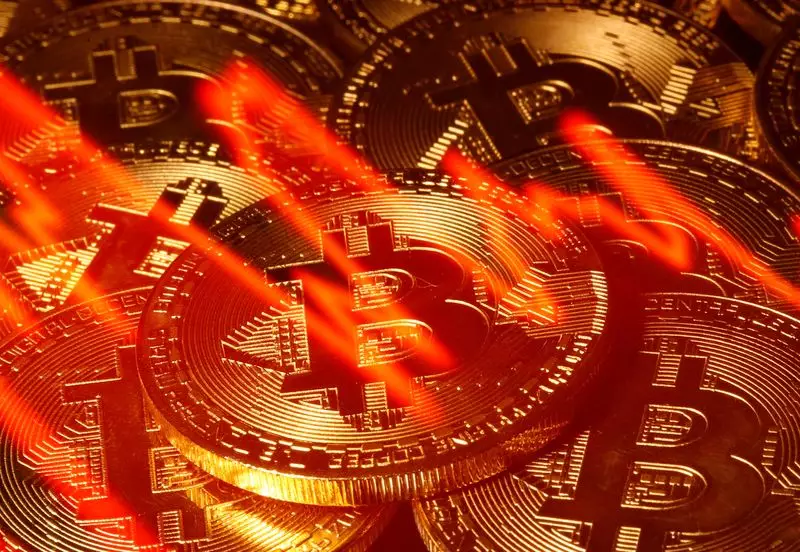The Supply Crunch: Analyzing Bitcoin’s Declining Exchange Reserves and Price Dynamics

In recent months, Bitcoin has found itself at the center of attention in the financial landscape, not only due to its price fluctuations but also because of a key indicator: the declining exchange reserves available for trade. Major exchanges have reported record lows in Bitcoin reserves, raising eyebrows among investors and analysts alike. This phenomenon signifies a developing supply squeeze that is poised to influence Bitcoin’s market dynamics significantly. The decreasing availability of Bitcoin on exchanges suggests a trend of investors opting to hold their assets in private wallets rather than leaving them on trading platforms, which is often interpreted as a bullish sentiment in the market.
The persistent decline in exchange reserves since early 2022 paints a compelling picture of investor behavior. Rather than actively trading Bitcoin, many holders are choosing to secure their investments, possibly in anticipation of future price increases or due to long-term bullish expectations. This trend reflects a fundamental shift in market psychology—more investors appear to be accumulating Bitcoin rather than speculating on short-term gains. Consequently, the supply of Bitcoin on exchanges diminishes, which could exacerbate price volatility, particularly during periods of heightened demand.
As Bitcoin’s supply dwindles, its price has shown an encouraging trajectory, with recent peaks nudging above $72,000. Historically, Bitcoin has previously reached an all-time high of $73,679, and given the current market conditions, the cryptocurrency seems poised for a potential repeat of this feat. The significance of the $75,000 psychological threshold cannot be understated, as it serves as a critical barrier that, once crossed, could propel Bitcoin towards new price targets, even possibly touching $80,000 or above. However, market participants should remain vigilant about support levels, particularly around the $66,000 mark. This level acts as a safety net for bulls, as failing to maintain it might reverse the bullish momentum.
The influence of institutional and individual investors in this landscape cannot be overlooked. With exchange reserves dwindling, any upward pressure from buying activity could lead to pronounced price increases in this supply-constrained environment. Institutions are becoming more active participants in the Bitcoin market, and their investment strategies may significantly shape future price movements. The current market scenario, characterized by a limited supply of available Bitcoin, coupled with rising demand, sets the stage for an impending supply crunch that could spark a rally.
Looking ahead, the interplay between diminishing exchange reserves and growing demand represents a pivotal moment for Bitcoin. The potential for a supply squeeze may not only test previous highs but also lead to new price milestones that could redefine the cryptocurrency market landscape. Investors should remain acutely aware of these dynamics as they unfold, as the actions of holders and market sentiment will be critical in determining Bitcoin’s trajectory in the coming months. The focus now shifts to how these various factors will interplay in shaping the future of Bitcoin as it approaches its historical price points.





